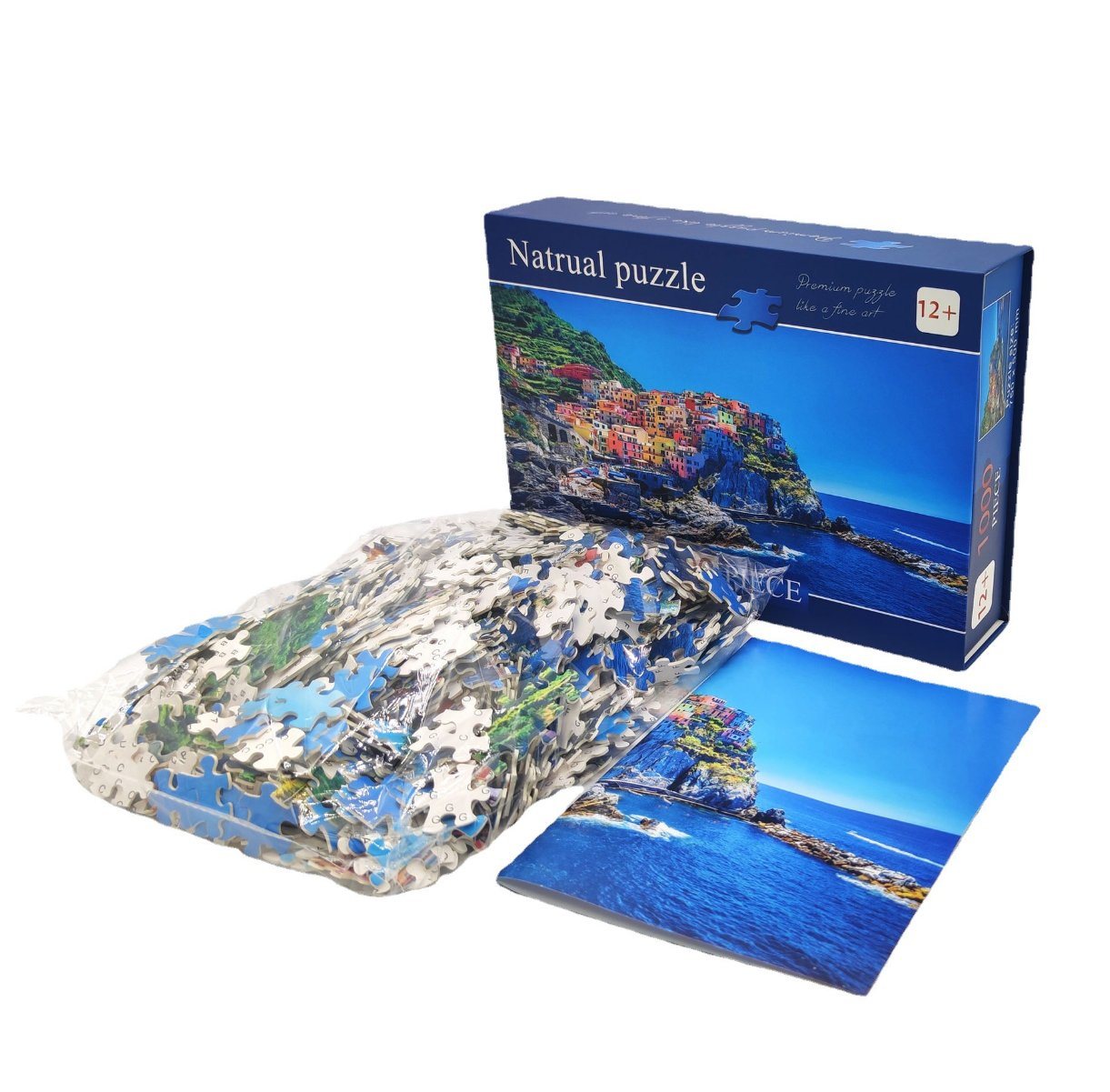
There are many methods to make a keepsake pillow. Applique and Labels are just two of the options. There are also several books and fabrics for making this type of quilt. You can also buy a kit that includes everything you need to make a keepsake quilt. It is important that you choose the right type of fabric before you begin. You should also remember that washable fabrics are best.
Applique is a keepsake quilting technique
You may want to use applique if you are looking for an easy and quick way to make a keepsake blanket. It's a fun, unique way to create an heirloom quilt to cherish a loved. It's a great use of scraps. There are many options for creating a quilt using applique. Here are a few examples.
The applique technique is a great way to add decorative elements to clothing, pillows, and more. This involves sewing small pieces of fabric together to make a larger piece. The fabric can be sewn in place using glue or a machine. Applique is great for creating decorative elements on pillows, banners, or wall hangings. You can also make your own unique keepsake quilts by using a template.

Quilt labels are a great way to keep your quilting memories alive.
A label is an important part of a keepsake quilting technique. Labels help future generations to identify and learn more about the history of the quilt. These labels can also be useful for quilts that are part of museum collections. Even though the quilts may not have been considered museum items at the time of their creation, labeling them is crucial for preserving the quilt's past. You can either use permanent fabric markers or hand to create quilt labels.
You can use any shape or size of quilt label to create your own. You can make them using leftover blocks, or other shapes that are similar to the design of the quilt. Either attach the labels to your quilt by sewing them on or fuse them onto the back of the quilt before quilting. If you are using permanent ink pens they will last for years. You'll need extra-large labels.
Fabrics for keepsake quilting
You will find many great fabrics available online for keep-sake quilting. You can shop online for a variety of fabrics, including cotton and flannel. Precut packs are available on some sites, making it easy for you to find the right combination. Keepsake Quilting sells many books to help you finish your project.
Washing techniques
Keep your keepsake blanket clean by washing it often. It can also be vacuumed frequently. Keepake quilts can be washed using gentle agitation and cold water. It is better to wash the quilt by hand if it is delicate. Avoid using perfumes and dyes. Use mild detergent. The fabric will be softened by 1/2 cup of distilled vinegar. It is best to let the quilt soak for around 10 minutes before removing.

Make sure you choose machine-washable fabrics before sewing and quilting your keepsake. While most commercially printed fabrics don't require prewashing, some quilters may want to avoid them if they do not want runny colors or uneven shrinkage. Some people prefer premium fabrics and may skip washing. Fabrics that can be washed regularly will give you the best results.
FAQ
Why do we need hobbies
Hobbies are an important part of our lives because they give us time to relax, unwind, think creatively, exercise, socialize and enjoy ourselves. We also have the chance to learn new skills and pursue lifelong passions.
Hobbies allow us to find meaning in our lives.
These are a great way for you to have some free time, even if there isn't much else.
They're also fun!
If you don't find time for hobbies, it's likely that you don't have enough time for any other activities.
Look at all the options. Perhaps you should get a hobby started today if you don’t already have one.
What are the chances of making money with my hobby?
Many hobbies can help you make extra money.
If you are passionate enough about your hobby to decide to sell it,
A website might be a good idea if your hobby is collecting stamps.
You can also make extra income by selling and buying stamps.
Another option is to set up a YouTube channel that focuses on your hobby.
This allows you share your passion and generate revenue by creating premium content.
What are your educational hobbies and interests?
An educational hobby is a activity that allows you to learn by doing it. This could be anything you want, such as playing sports or learning how to play an instruments.
The key thing is that it should be fun and enjoyable for you. While you don't need to do it every day, if bored you might consider other activities.
You should also make sure that you are not spending too much money on these activities. It could end up costing your more than it's worth.
Is it possible make a living from a hobby?
Not necessarily.
If you are interested in starting a business that is based on your hobby you can be a millionaire.
Let's assume you like cooking. You love to eat healthy food, so you decided to open up a restaurant.
Customers are charged a small fee for organic food made from scratch.
You will eventually be able to grow your client base and hire people who are willing to work with you.
You may eventually add vegan dishes and gluten-free options to your menu.
In this situation, you have a successful business which has allowed you the freedom to lead the lifestyle that you want.
But, it doesn't mean your day job must be abandoned.
Instead, you could simply run your restaurant while still holding down your regular 9-5 position.
Statistics
- Much of this decline reflects the fact that teens are less likely to work today than in the past; among employed teens, the amount of time spent working is not much different now than it was around 2005. (pewresearch.org)
- This 100% accurate personality-analyzing hobby quiz discovers your passion based on your characteristics. (quizexpo.com)
- In comparison, men in the “no humor” condition were refused 84.6% of the time and were only accepted 15.4% of the time. (time.com)
- The Role of the Mind in Sex, Dating, and Love: Men in the “humor” condition received phone numbers from 42.9% of the female participants and were refused 57.1% of the time. (time.com)
- I am 100% biologically a woman (discover.hubpages.com)
External Links
How To
How to start gardening
Gardening is one among the oldest forms. It requires persistence, patience, and determination. The first step in starting your own garden is choosing a location where you want to grow food. You can choose to have a large area or a small one in your backyard. Next, choose what kind of plants you would like to grow. Do you prefer vegetables or flowers? Some people are passionate about growing herbs, while others like raising livestock like rabbits. Before you decide which crops you will plant, consider the amount of space you have. You might consider growing berries or fruits if you live in a cold climate.
Once you have selected the plants you wish to plant, you should prepare your soil. Soil is essential in determining whether your plants will thrive or fail. Organic matter is essential for the health and well-being of your plants. Organic matter is made up of leaves, twigs grass clippings, manure and compost. You need nutrients to your soil after you have prepared it. The type of plant you intend to grow will dictate the amount of nutrients you need. An online fertilizer calculator can help you calculate these values. There are many fertilizers on the market, so ensure you understand what you are buying.
Now, wait for your seeds to germinate after you have prepared your soil and added the necessary nutrients. The process can take between 2 and 3 months depending on how hot or cold it is in your region. Once your seeds have sprouted, you need to water them regularly. Too much or too little water can cause problems. Ensure you give your plants enough water at regular intervals and avoid overwatering. Overwatering can lead to root rot and fungal diseases. It is important to remember that plants will need less water in summer than in winter when watering them. You should also remember that some plants will need to dry out once they have been watered. Tomatoes, for example, need to be kept moist but not too wet. They are not happy to be in soggy soil. After the plants have finished flowering they must go dormant. Plants go dormant when they stop producing new growth and instead store energy for next year's harvest. Dormancy means that the plant stops communicating with its roots about producing food. The plant continues to store energy during this time. If temperatures fall below freezing or the plants are not getting enough sunlight, they will die.
Urban areas can limit your choices for plants. Concrete sidewalks, roads or parking lots can block sunlight from reaching urban areas. Concrete absorbs sunlight, which prevents the soil beneath from getting enough sun exposure. Many plants can't thrive in urban environments because they lack sunlight. However, many plants can still thrive in urban environments. Many trees, shrubs, and perennials can adapt to city living. Many annuals can also be grown indoors in container gardens. Container gardens can be used to grow greenery indoors year-round, no matter what the weather outside.
You're now ready to plant after you have chosen where and what to grow in your garden.